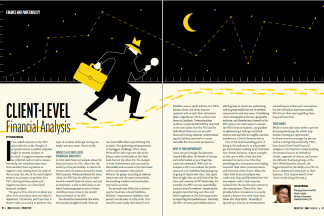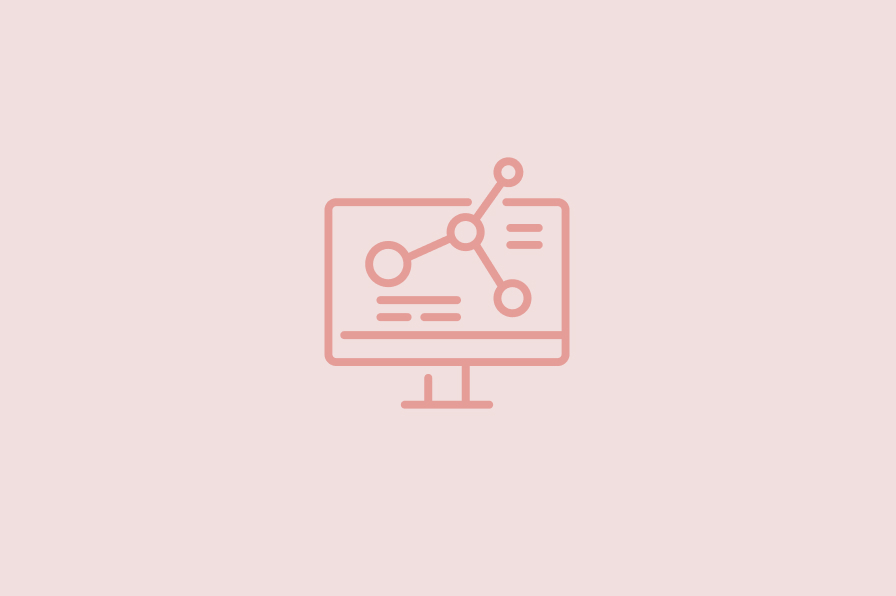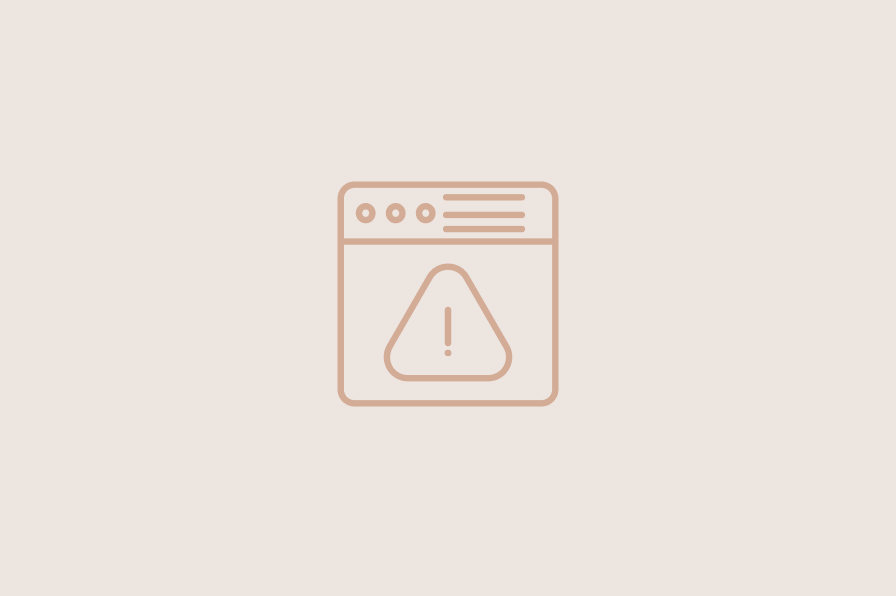AI RISK GOVERNANCE FOR PEOS
BUILDING TRUST, COMPLIANCE AND COMPETITIVE EDGE IN THE AGE OF AUTOMATION
August 2025


As technology advances, artificial intelligence (AI) presents both an opportunity and an obligation. With AI becoming more accessible and influential in the business environment and HR functions, now is the time for PEOs to take the lead on governance, risk mitigation, and responsible deployment, before regulations mandate it.
AI is quietly transforming how PEOs can deliver value, driving faster onboarding, automating compliance tasks, enhancing benefits analysis, and streamlining payroll, but along with efficiency comes risk. When partnered with AI and used in employee screening, compensation modeling, or compliance flagging, algorithms can introduce bias, erode trust, and invite regulatory scrutiny such as violations of the Fair Credit Reporting Act (FCRA). Recent headlines have shown how unchecked AI, used in hiring, credit decisions, or surveillance, can discriminate or malfunction, even unintentionally. These risks are not theoretical for PEOs, whose business model depends on trust, shared responsibility, and strict compliance.
AI governance isn’t about slowing innovation but building it on a solid foundation.
WHY PEOS MUST TAKE AI GOVERNANCE SERIOUSLY
PEOs operate in a complex legal and ethical space: co-employment. You are not just a vendor; you share legal exposure and fiduciary responsibility with your clients. As AI is integrated into talent acquisition, benefits forecasting, and payroll audits, the risk calculus shifts.
Without guardrails, AI systems can deny employment opportunities based on biased patterns, misclassify benefits eligibility, trigger or create payroll errors, or become non-compliant with evolving and changing labor laws.
Governance adoption ensures your AI systems align with your clients’ values: compliance, fairness, transparency, and human-centric service.
STEP 1: ESTABLISH AN AI GOVERNANCE FRAMEWORK
Start with an AI Oversight Committee tailored to your company’s operations. Include stakeholders from:
- Compliance representative
- Legal counsel
- HRIS
- Data teams
- Benefits administration
- Client experience or account management
Designate an AI Risk Officer. This doesn’t require a new role, but someone senior who can sponsor and oversee AI use from a cross-functional lens. Assign Model Owners to maintain transparency around data, assumptions, and testing, especially in any AI used for: Employee assessments, compensation recommendations, or document processing automation.
STEP 2: CLASSIFY AI RISK IN THE PEO CONTEXT
Not all AI is created equal. Use this tiered framework:
High Risk: AI tools influencing hiring, disciplinary actions, or regulatory filings.
Medium Risk: AI tools that inform decisions (e.g., survey sentiment analysis), but with human override.
Low Risk: Internal automation (e.g., document summarization or chatbot FAQs).
This classification helps prioritize oversight and determine necessary safeguards.
STEP 3: PEO RELEVANT POLICIES AND STANDARDS
Develop written policies across the AI lifecycle:
Use case justification: Review and clearly state the intended outcome of policies and standards.
Training data origin: Analyze and ensure that data and datasets used for payroll, benefits, or hiring models reflect diversity and are client-agnostic.
Performance benchmarks: Conduct client audits for accuracy across the various geographies.
Acceptable Use: Implement policies that prohibit using AI for decisions involving protected classes or without human review.
STEP 4: RISK MITIGATION CONTROLS
Review and mitigate risks is a critical component for PEOs:
Bias Audits: Test tools for adverse impact using frameworks (i.e., IBM Fairness 360, Google’s What-If Tool, Microsoft’s Fairlearn, to name a few).
Explainability: Any decision-support AI should be interpretable to clients and regulators.
Privacy and Data Protection: Comply with the California Privacy Rights Act (CCPA), Health Insurance Portability and Accountability Act (HIPAA), and relevant labor laws. Co-employment complicates this, so clarity is essential.
Security: Review and study known hardened data pipelines to minimize and restrict access based on need-to-know, especially when handling sensitive client HR data.
STEP 5: MONITORING AND INCIDENT RESPONSE
Even strong systems can fail. PEOs should:
- Deploy monitoring dashboards for performance drift.
- Maintain a cross-functional AI incident playbook with legal, tech, and client service input to quickly address misuse, error, or client concerns.
- Review (and potentially obtain) systems that can help and support monitoring and incident reporting to improve overall compliance (examples: SecureAIs, Credo AI, Parity, or if using an existing HRIS system, ensure it has the capabilities to support this).
STEP 6: TRANSPARENCY AND DOCUMENTATION
Documentation builds trust:
- Keep “datasheets” for datasets: source, quality, constraints.
- Maintain model cards: summary, limitations, audit trails.
- Create client-facing summaries of any AI-enhanced services and their oversight mechanisms.
STEP 7: BUILD AN ETHICAL AI CULTURE
Governance is not just a framework; it’s a mindset. Offer regular training on ethical AI to all employees, not just the technology teams. Encourage client engagement and help them understand how AI supports services and how safeguards are in place. Foster internal curiosity about emerging technologies and their implications for HR and compliance.
STEP 8: STAY AHEAD OF REGULATION
Laws are evolving fast: the European Union Artificial Intelligence Act (EU AI Act), U.S. Executive Orders (example: EO 14110, which is relevant to HR), and state-specific laws like New York’s hiring bias audit law.
PEOs must monitor and track the various jurisdictions regarding specific regulations and requirements for client-assigned geographies. PEOs should also engage with and work as an industry association and within working groups to anticipate regulatory shifts and shape (or update) policies.
FINAL THOUGHTS: LEAD THE AI ERA, DON’T REACT TO IT
To ensure you build trust, compliance, and a competitive edge, leadership must take a proactive direction that aligns with PEOs ongoing work to educate, advocate, and equip businesses for long-term success. Member organizations are encouraged to use this framework as a baseline for evaluating and improving their AI readiness. AI governance must be treated as more than a tech issue; it is a strategic and ethical business imperative.
Let’s define this future together. For PEOs, strong AI governance isn’t optional. It’s how you protect your clients, support your teams, and future-proof your business. Done right, AI becomes a force multiplier, not just in automation but in building brighter, fairer, and more resilient service models. The time to act is now. What steps is your company taking to build responsible AI?
-
SHARE
- Copy to clipboard



